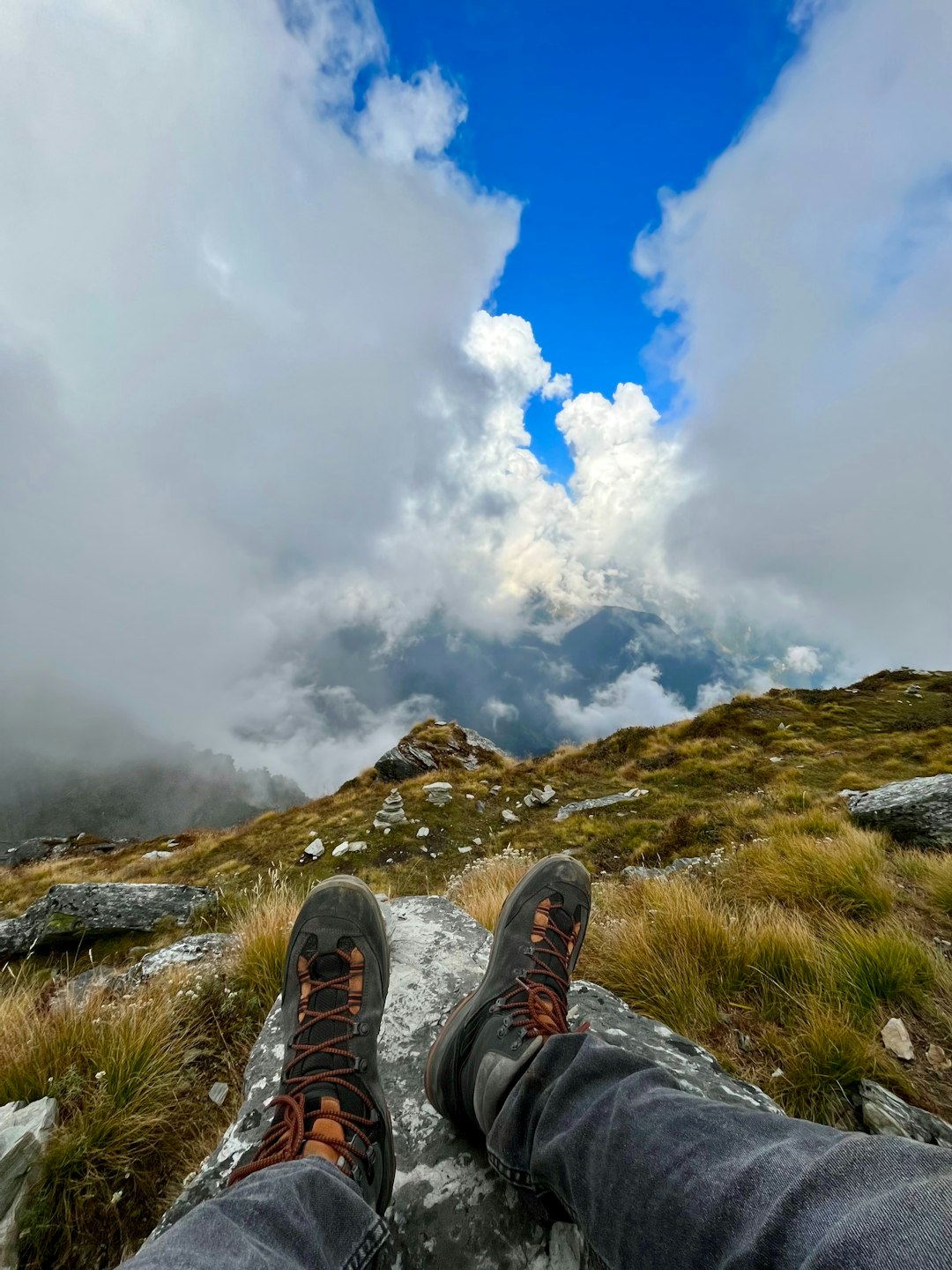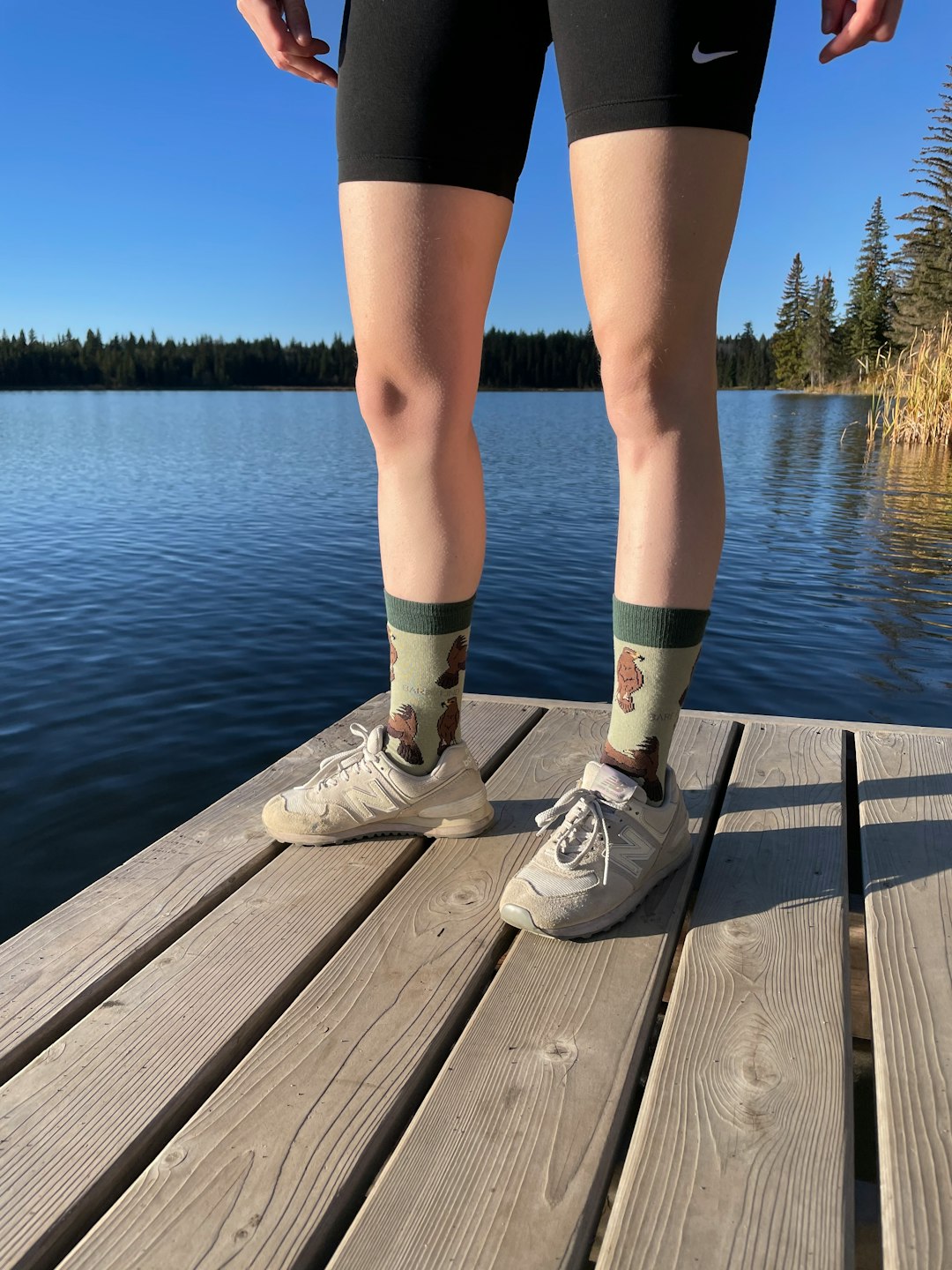When it comes to hiking, running, skiing, or just lounging around on a chilly weekend, the type of socks one chooses can make a significant difference in comfort and performance. Among the many options available, Merino wool socks have become a top choice for outdoor enthusiasts and everyday wearers alike. But within the Merino category, there’s a key distinction to be made: *cushioned vs ultralight.* Each offers unique benefits depending on the use case, and understanding these differences is essential for choosing the right pair.
Contents
TL;DR (Too Long; Didn’t Read)
Merino cushioned socks offer extra support and insulation, making them ideal for long hikes and cold weather. Ultralight Merino socks are thin, breathable, and suited for high-intensity activities or warmer climates. The choice depends on the activity, terrain, and personal comfort preferences. Investing in the right type ensures happy feet, whether on a mountain trail or in the office.
The Unique Qualities of Merino Wool
Before diving into the comparison, it’s important to understand what makes Merino wool special. Unlike regular wool, Merino fibers are *finer, softer, and more breathable,* offering a comfortable feel against the skin without the itchiness associated with traditional wool. It’s also *moisture-wicking, odor-resistant,* and *temperature-regulating,* making it an ideal material for socks designed to be worn in various conditions.
The Case for Cushioned Merino Socks
Cushioned Merino socks are designed with extra padding—usually under the heel, forefoot, and sometimes around the ankle and shin. This extra thickness provides several advantages:
- Comfort on long treks: The padding helps absorb shock and reduce foot fatigue during extended activity.
- Warmth in cold conditions: The added material insulates better, retaining heat during winter hikes or alpine sports.
- Support and protection: Extra cushioning can help prevent blisters and provide comfort inside stiff boots or shoes.
However, more cushioning means *added bulk* and potentially less breathability. These socks might not be ideal for those who prefer a minimalist feel or are doing high-intensity workouts in warm climates.

Why Choose Ultralight Merino Socks?
Ultralight Merino socks are the *minimalist runner’s dream*. They are built for maximum breathability and performance, with the thinnest profile available in the Merino sock family. These are perfect for:
- Running and cycling: Thin design reduces weight and avoids overheating.
- Hot weather hikes: Less material means better airflow and moisture management.
- Daily wear: Ultralights fit better into tighter dress shoes and casual footwear.
The main downside? *Less protection.* Without cushioning, these socks provide limited shock absorption, which can lead to discomfort on rough trails or in stiff shoes. Also, less insulation makes them unsuitable for colder environments unless paired with insulated footwear.
Use Case Comparison: Cushion vs Ultralight
To really get a grasp on which sock is better suited to one’s needs, let’s break it down by use cases:
| Activity | Cushioned Merino Socks | Ultralight Merino Socks |
|---|---|---|
| Backpacking / Long Hikes | Excellent – great support and warmth | Not ideal – can lead to fatigue over distance |
| Running or Cycling | Too warm and bulky | Excellent – lightweight and adaptable |
| Cold Weather Camping | Best – superior insulation | Poor – minimal warmth |
| Everyday Office Wear | Acceptable – may feel bulky in tighter shoes | Ideal – sleek and breathable |
| Ultralight Backpacking | Too heavy | Good – lightweight and quick drying |
How to Choose: Key Considerations
Before settling on a cushioned or ultralight Merino sock, consider the following factors:
- Footwear Fit: Cushioned socks take up more space. Make sure there’s enough room in your shoes or boots.
- Activity Type: Longer duration & higher-impact tasks benefit from cushioning. High-speed or casual activities go well with ultralight options.
- Climate and Weather: Opt for cushioning in cold environments and ultralight in heat.
- Foot Sensitivity: If prone to blisters or pressure points, cushioning can offer relief and extra protection.
- Packing Weight: For minimalist or ultralight travel, thinner socks save space and weight.
Durability and Longevity
While both types are made from the same high-quality Merino wool, *cushioned socks often outlast their thinner counterparts* simply because there’s more material to wear through. Ultralights are more susceptible to damage, especially when worn in rough conditions or without properly fitting shoes.

Caring for Your Merino Wool Socks
Proper care helps both cushioned and ultralight Merino socks last longer. Always follow manufacturer guidelines, but in general:
- Machine wash on a gentle, cold cycle
- Avoid bleach or fabric softeners
- Air drying is best to maintain shape and fabric integrity
Merino wool is naturally resistant to odors, so it doesn’t need to be washed as often as synthetic socks—especially on the trail. This adds convenience and extends sock life over time.
Conclusion
Whether embarking on a challenging mountain trek or heading out for a summer jog, the right Merino sock can mean the difference between enjoyment and discomfort. *Cushioned socks* provide warmth, durability, and shock absorption, while *ultralight socks* prioritize breathability, versatility, and packability. By considering the environment, activity type, and personal comfort, one can confidently choose the sock that best fits their needs—and enjoy all the benefits that Merino wool has to offer.
FAQ: Merino Cushion vs Ultralight Socks
- Q: Are cushioned Merino socks too warm for summer?
A: They can be, especially during high-intensity activities. In warm conditions, ultralight socks offer better temperature control. - Q: Do ultralight socks wear out faster?
A: Yes, due to their thinner design, they may show wear sooner, especially on rugged terrain or with tight shoes. - Q: Can cushioned Merino socks cause blisters?
A: Actually, cushioned socks often help prevent blisters by reducing friction and absorbing pressure in key areas. - Q: Are Merino socks good for sweaty feet?
A: Absolutely. Merino wool naturally wicks away moisture and controls odor, making it great for sweat-prone feet. - Q: How many pairs should I bring for a multi-day hike?
A: Two to three pairs are often enough. Rotate and air-dry as needed. Merino can be worn longer due to its odor resistance.



